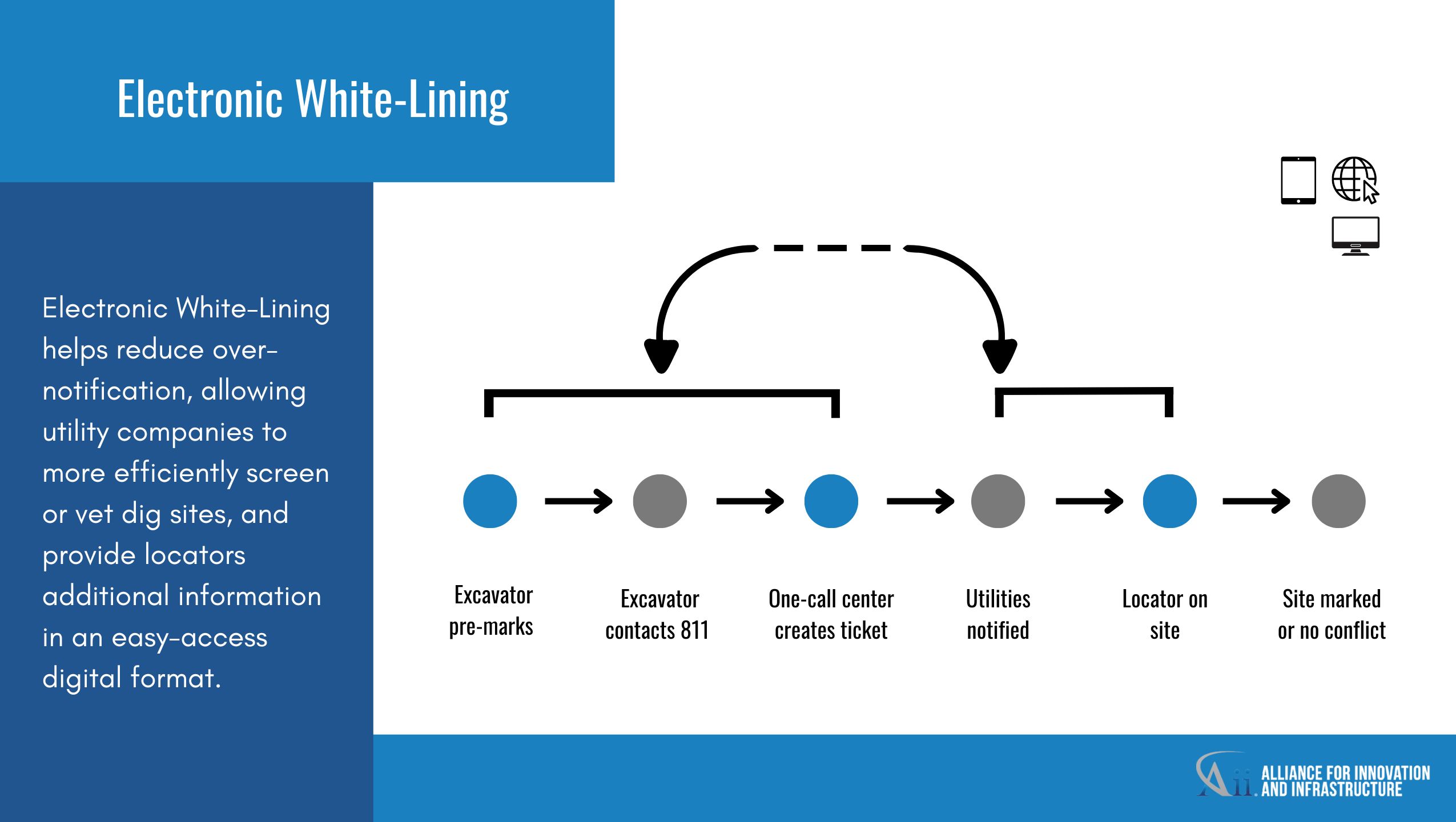Why Does It Matter?
The latest data shows that excavation damages continue to rise year-over-year and that in 2019 alone, excavation damage cost the U.S. over $30 billion. The same study suggests the true cost could be as high as $60 billion, while other estimates find damage to underground utilities harms the U.S. economy by as much as $50 billion to $100 billion annually. More alarmingly, in the last 10 years, excavation damage along pipelines has led to 136 deaths and injuries. This does not account for the costs, injuries, and death from striking the millions of miles of non-pipeline facilities including phone lines, Internet cables, electrical wires, water lines, sewage, and more.
The technology needed for more effective damage prevention exists today and is inexpensive, reliable, and ubiquitous – but many states are not incorporating the technology imbedded in the basic tools of modern life (e.g. cell phones and tablets) into their damage prevention laws.
2024 Report Card
Our 2024 Damage Prevention Report Card is live! Click here to see how each state is rated in its approach to damage prevention and excavation safety.
Data shows that damage incident rates will decrease significantly if states update from older techniques for mapping, marking, and communicating and adopt better and newer technology to facilitate how this information is gathered and shared among facility owners, excavators, One-Call centers, and locators.
We created this Damage Prevention Report Card to help track which states, through their laws and regulations, use up-to-date technologies to enhance communications practices by ensuring all of the necessary information is shareable, and available for on-site quality control.
The intent of this report card is not to be used as a tool for criticizing state programs. Its purpose instead, is to shine a light on states that are moving in the right direction and to draw attention to areas where all states could improve their laws, regulations, and best practices.
What Does The Report Card Measure?
The number one element of effective damage prevention according to the Pipeline and Hazardous Materials Safety Administration (PHMSA) is Enhanced Communication Between Excavators and Operators. Since the Common Ground Study in 1999, through decades of Common Ground Alliance best practice guides, and across other industry leadership, and nonprofit research, clear best practices have been identified and unambiguous consensus has emerged. White-Lining and Positive Response are the basic necessary communication processes that help ensure excavator safety and infrastructure damage prevention. In recent years, CGA has vision cast for the ideal dig of the future, which would utilized Electronic White-Lining and Enhanced Positive Response as its first and second steps. The Aii 2024 Damage Prevention Report Card takes this industry consensus and asks basic questions of state laws and regulations to assess their readiness to achieve that ideal dig and to reduce excavation damage.
Examining The Data by State
The report card is based on an analysis of every state’s damage prevention statutes, as well as the implementing regulations in those states that have them. The analysis is focused on white-lining and positive response as well as electronic and more technologically advanced ways to utilize them.

White-Lining
Does the state require the excavator to make any physical premarking of the excavation area?

Electronic White-Lining
Does the state provide the excavator the option to make any virtual or electronic pre-marking of the excavation area?

Positive Response
Does the state require the communication loop between the excavator and locator to be closed?

Electronic Positive Response
Does the state require a technology-based platform all relevant parties can access and share the status of a locate request?

Enhanced Positive Response
Does the state require enhanced information to be shared between the facility owner, locator, excavator, and One-Call center so that all can view the ticket, photos, maps, and/or other data?
Expert Insights
Read Our Other Reports
Damage Prevention is a key focus area for Aii. We are committed to tracking laws and best practices, studying incidents, and advancing innovative solutions to critical public policy challenges.
More on Damage Prevention
Click here to learn more about Damage Prevention and read all of our policy blogs, briefs, and white papers.











